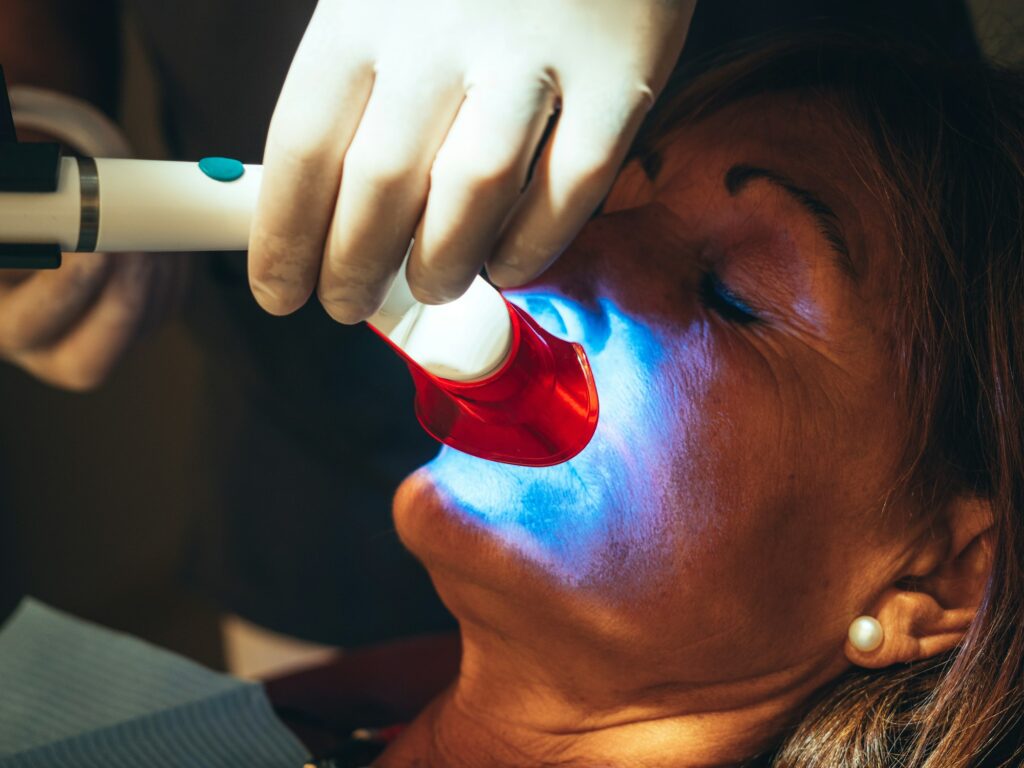Dental stains do not affect your oral health, but they can certainly make you hesitate to smile.
There are many treatments that can brighten your smile, depending on the type of stains affecting your teeth.
Types of Dental Stains
Extrinsic
Stains affecting the enamel (the outermost layer of the tooth) are easiest to treat.
Intrinsic
When the dentin (tissue between the enamel and pulp) becomes stained, concealment is usually the best treatment.
Age-Related
Enamel can become worn and dentin becomes yellowed over time. This combination gives teeth a darker color.
Why do some people have stained teeth while others have white smiles?
A Closer Look At What Causes Stains
Foods
Many common foods and condiments, including tomato sauce, red and white wine, mustard, berries, tea, coffee, and soda cause stains over time.
Meds and Supplements
Children 8 and younger can develop stains as tetracycline (an antibiotic) bonds to calcium in developing teeth. Ingesting large amounts of fluoride can result in brown dental stains.
Nicotine
When nicotine combines with oxygen, it turns yellow. Over the years, nicotine can stain enamel and the outer layers of dentin.
Genetics
Some of us are born with darker teeth, while others are born with weak enamel that can stain easily.

